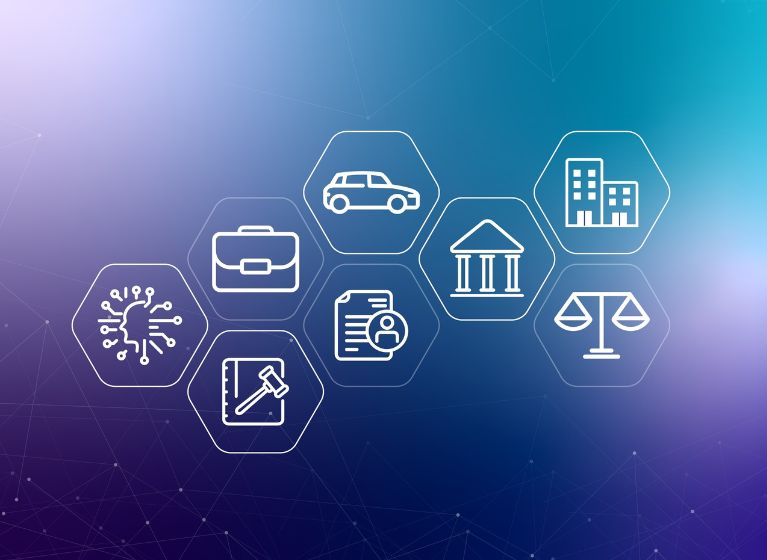Innovations in Agriculture
Agriculture is an area in which innovation has always been essential, to allow the continued ability to feed, clothe and protect a growing world population in a changing natural, social, and economic environment. Over the centuries, the increased mechanisation of agriculture in areas of farm operations such as land preparation, planting, harvesting, irrigation, carting and processing has allowed a transition from subsistence landholding to efficient large-scale commercial production. This broad field of technologies, of course, also embraces agrichemicals and plant/animal biotech, including insecticides, herbicides, fungicides, fertilisers, animal breeding technologies and veterinary chemicals used to enhance efficiency and productivity of agricultural operations.
So, what is AgTech?
The term “AgTech” refers to innovative solutions used in the agricultural industry sector to break down conventional frontiers, improving efficiency, productivity, profitability, responsiveness and sustainability. Now more than ever before, technological advances are needed to help farmers maintain and improve food production. These solutions can be in new technologies and applications, hardware and software, or new business models.
Many such innovations are in or relate to the digital space. The term “Digital Agriculture” is often used with reference to the use of the data that is collected from sensors and equipment in agricultural operations, but also covers the integration and application of such data across the supply chain, through farm management, distribution, processing and all the way to the consumer. Such data must be integrated into the decision-making processes, while a variety of tools must be developed and applied to assist agribusiness in operation management and decision making.
On the farm, Digital Agriculture can help with day-to-day management and operations, such as monitoring animals, soil and crops, greenhouse condition control, prescriptive irrigation and fertiliser programs, geospatial sensing and mapping, etc. The devices required can range from water sensors to weather stations, fence sensors, electronic identification tags and autonomous vehicles (both land-based and airborne).
Not surprisingly, this demand is prompting numerous innovations across a wide variety of different specialised application areas.
Recent estimates have predicted that the global market size of smart agriculture is expected to reach around US$34 billion by 2026.1
What sort of innovations are we talking about?
Turning to particular areas of development, the Internet of Things (IoT), allowing interconnection of physical devices for collection and sharing of data, has already revolutionised many aspects of farming. Coupled to this the data storage, access and scalability provided by cloud computing affords huge opportunity for seamless integration into centralised decision making, business and financial software. Blockchain solutions can then provide secure distributed control of data storage and transaction processing (“Ag Fintech”), allowing transparent yet secure interaction across the whole supply chain. Robotics allow controlled or automated performance of discreet operations formerly carried out by humans, such as automated robotic harvesters that identify and pick suitable harvestable fruit and vegetables. Autonomous systems (including those employing AI) can function without specific instructions, deriving direction from analysis of data inputs. For example, cultivators, sprayers, driverless tractors and harvesters. Virtual and augmented reality platforms can provide interactive computer-generated experiences within a simulated environment or overlain on a real world view, to assist in monitoring, decision support and training.
A recent trial carried out by an agricultural engineering group in the UK successfully achieved its objective, namely completing an entire crop cycle autonomously, the first crop to be planted, cultivated, and harvested wholly ‘hands free’. 2
This fertile ground, naturally, provides all sorts of opportunities for innovative players to secure meaningful intellectual property protection, in particular patent rights to new and inventive solutions in this sector. Here at FPA, we represent many clients in this fascinating field, helping those organisations secure meaningful IP rights to support growth and to monetise their intellectual capital. For example, our clients include companies with innovating in the areas of:
- drone and drone control systems for agricultural use (such as remote sensing and crop spraying)
- farming robots able to follow complex operating instructions for crop tending (including planting, weeding and applying treatments)
- systems for analysing performance of agricultural assets, allowing growers to plan agricultural input based on predictions of analysed models, in order to achieve desired plant performance
How are such businesses supported and incentivised?
Many support programs have been developed around the world in recognition of this fascinating and diverse area of technology development. For example, here in Victoria the state government has set up a $15 million initiative, the “AgTech Regional Innovation Network (AgRIN)”, with the aim of increasing the adoption of new and effective technologies, growing a thriving and globally competitive AgTech industry in Victoria, enhancing the commercialisation of research and delivering the agriculture skills of the future. 3
More recently, world-leading Silicon Valley-based agriculture innovation investor SVG Ventures has announced it will establish a headquarters in Melbourne to launch a $50-million venture fund to facilitate growth in the AgTech sector in Australia and New Zealand and to fast-track technologies in the area of Smart Farming.4 This follows similar successful AgTech VC investment models in Canada and the United States.
In this environment, it will be essential that those involved understand the commercial opportunities and challenges, including how to leverage commercial advantage (often embodied in registered and unregistered IP), attract investors, follow trends, protect market share, cement technology partnerships and increase profits.
To date, it has been common for successful AgTech companies to adopt the exit path of acquisition by a larger player in the agriscience business. For example, the agricultural software development company Granular Inc. was acquired a few years back by DowDuPont (now Corteva). More recently public markets have become more receptive to AgTech, opening up the option of the IPO route to such businesses.
How do patents protect AgTech inventions?
Understanding how patents can be used to protect digital agriculture and other AgTech inventions will be critical for successful players in this industry sector, particularly as many of the inventions where patents may play a role relate to the shift in the traditional mechanical agricultural technologies towards electronics, CII (computer implemented inventions) and AI inventions.
Patents can be used to protect a range of types of subject-matter, including products, processes, devices, uses and systems, with a view to preventing unauthorised commercial exploitation by competitors. To best exploit the full value of their IP, innovators will have to develop flexible, nimble IP strategies tailored to the company’s particular position in the innovation cycle. Understanding which IP issues you should be focusing on will be essential, different aspects coming to the fore if you are a growing start-up in digital agriculture as opposed to an established company in the process of pivoting towards smart farming solutions.
In addition, patent information can assist businesses in identifying promising areas for development in the smart farming sector, both through patent landscaping analysis and through understanding the directions others are taking in their R&D efforts in these areas. 5
At FPA we are experts in all areas of agriscience, including in the ground-breaking area of digital agriculture. We are experts at navigating the particular difficulties that can often be met in patenting inventions in the software and business method domains, and also at handling technology at the fascinating interface between biotechnology and engineering, exactly where AgTech inventions often lie.
Please contact us to learn more.
1 https://www.researchandmarkets.com/r/i6zj89
2 https://www.handsfree.farm/
3 https://agriculture.vic.gov.au/farm-management/agtech
4 Victoria secures $50m SVG agtech venture fund (afr.com)
5 EXAMPLE Identification of Promising Smart Farm Technologies and Development of Technology Roadmap Using Patent Map Analysis. Sustainability 2021, 13, 10709. https://doi.org/10.3390/ su131910709







